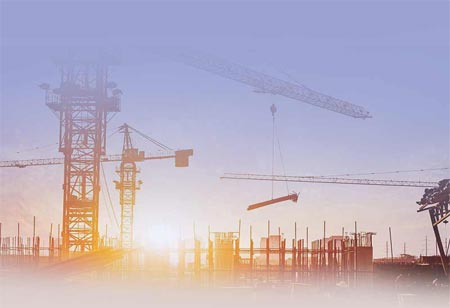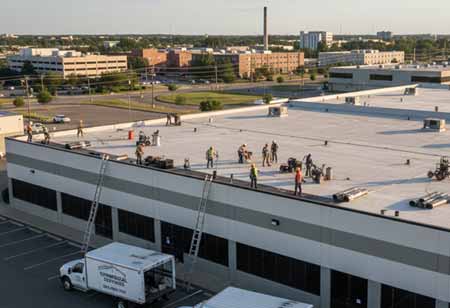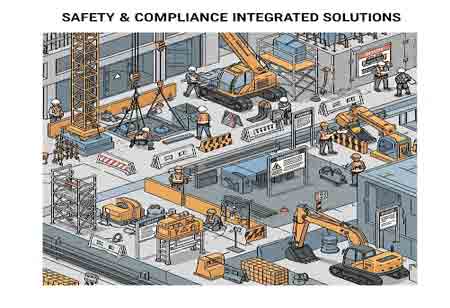Thank you for Subscribing to Construction Business Review Weekly Brief
Impact of Precast Concrete on the Construction Industry

More in News
Thank you for Subscribing to Construction Business Review Weekly Brief

By
Construction Business Review | Saturday, May 11, 2024
Stay ahead of the industry with exclusive feature stories on the top companies, expert insights and the latest news delivered straight to your inbox. Subscribe today.
Reinforced precast concrete is the only building material that can withstand heavy amounts of stress, point loads, or weight.
Fremont, CA: Precast concrete systems offer many advantages over onsite casting. Production of precast concrete can be done at ground level, which maximizes safety. Precast plants have greater control over material quality and workmanship than construction sites.
Precast concrete has many advantages. Some of them are discussed below:
Construction time is saved by precast concrete construction, as well as the risk of project delays is reduced. The casting of precast concrete can be done simultaneously with other work on site, such as earthwork, surveying, etc., saving time. Precast concrete has this advantage.
Precast concrete is weather- and fire-resistant, as well as mildew- and rust-resistant. In the face of floods and fires, precast concrete stands strong without an umbrella. Furthermore, it is more resistant to freeze-thaw cycles than lesser building materials, which expand and contract with each freeze-thaw cycle.
Each day, precast concrete becomes stronger. Heavy loads can be supported by precast concrete. Reinforced precast concrete is the only building material that can withstand heavy amounts of stress, point loads, or weight.
More in News




